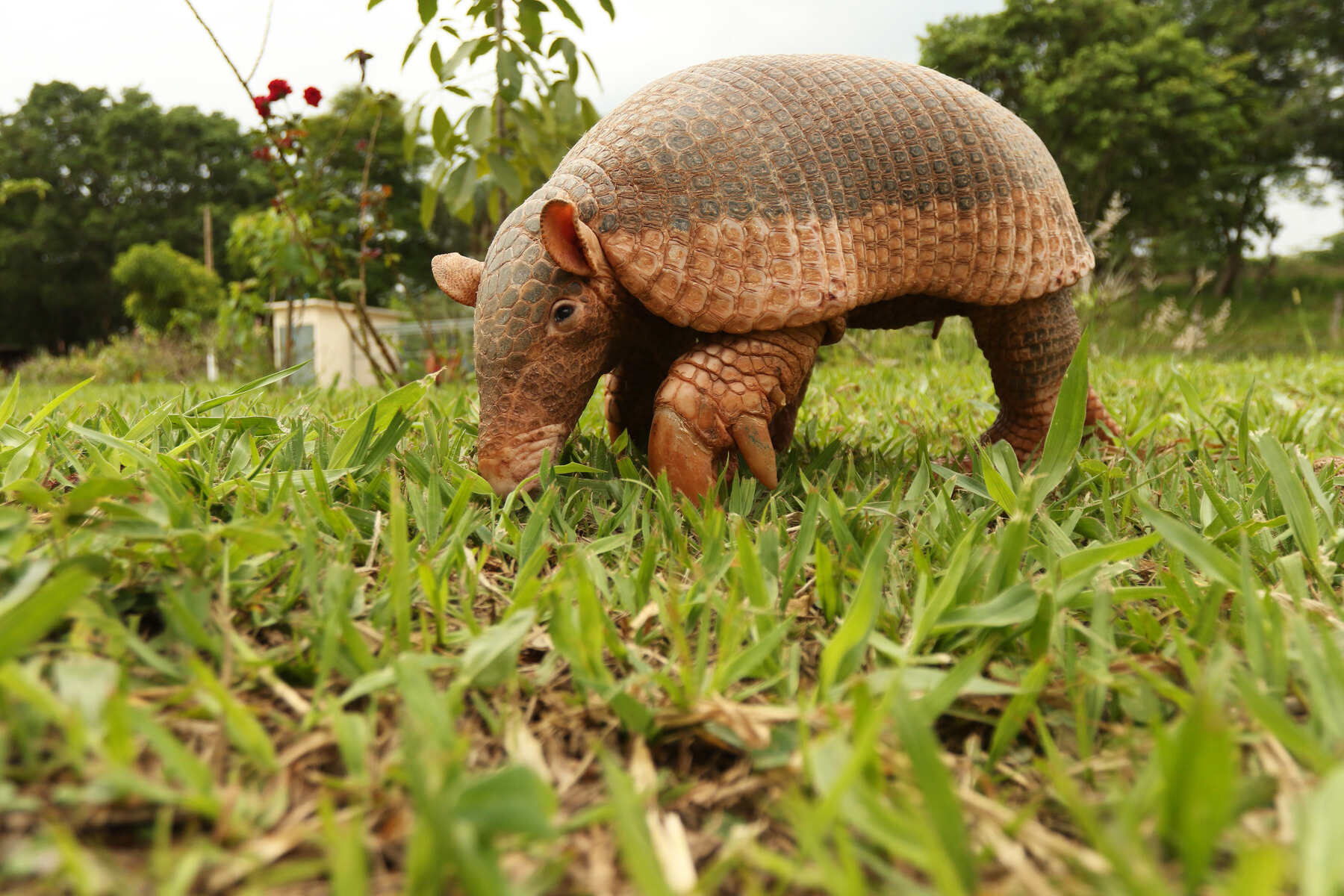
Ever wondered what makes the giant armadillo so fascinating? This unique creature, known for its impressive size and armored shell, roams the forests and grasslands of South America. Giant armadillos can grow up to 5 feet long, including their tail, and weigh as much as 70 pounds. Their powerful claws are perfect for digging burrows and hunting for insects, their primary food source. Despite their tough exterior, these animals face threats from habitat loss and hunting. Did you know they have up to 100 teeth, more than any other mammal? Join us as we uncover 28 intriguing facts about these remarkable creatures, shedding light on their behavior, habitat, and survival challenges.
What is a Giant Armadillo?
The giant armadillo is a fascinating creature that roams the forests and grasslands of South America. Known for its impressive size and unique features, this animal has captured the curiosity of many. Let's dive into some intriguing facts about this remarkable mammal.
-
The giant armadillo is the largest species of armadillo, capable of growing up to 5 feet long, including its tail.
-
Weighing up to 99 pounds, it is significantly heavier than other armadillo species.
-
Its scientific name is Priodontes maximus, reflecting its massive size.
-
The giant armadillo has 80 to 100 teeth, more than any other terrestrial mammal.
-
These teeth are peg-like and grow continuously throughout the armadillo's life.
Habitat and Distribution
Understanding where the giant armadillo lives helps us appreciate its role in the ecosystem. This section explores its habitat and geographical distribution.
-
Giant armadillos are primarily found in South America, from Venezuela to northern Argentina.
-
They prefer habitats such as tropical forests, savannas, and grasslands.
-
These creatures are nocturnal, spending their days in burrows and coming out at night to forage.
-
Their burrows can be up to 16 feet long, providing shelter and protection.
-
The giant armadillo's range is shrinking due to habitat destruction and human activities.
Diet and Feeding Habits
The giant armadillo has a unique diet that sets it apart from other mammals. Let's explore what these creatures eat and how they find their food.
-
They primarily feed on ants and termites, using their long claws to break into nests.
-
Their sticky tongues can extend up to 18 inches, perfect for lapping up insects.
-
Occasionally, they eat worms, spiders, and other small invertebrates.
-
They have a slow metabolism, allowing them to survive on a diet low in calories.
-
Giant armadillos play a crucial role in controlling insect populations in their habitats.
Physical Characteristics
The giant armadillo's physical traits are both fascinating and functional. These features help it survive in the wild.
-
Their bodies are covered in bony plates called osteoderms, providing armor-like protection.
-
They have large, powerful claws on their front feet, ideal for digging.
-
Despite their size, giant armadillos have poor eyesight but an excellent sense of smell.
-
Their ears are small and rounded, helping them detect predators.
-
The tail is long and covered in bony rings, aiding in balance and defense.
Reproduction and Lifespan
Reproduction and lifespan are crucial aspects of any species' biology. Here, we delve into the life cycle of the giant armadillo.
-
Female giant armadillos give birth to a single offspring after a gestation period of about 120 days.
-
Newborns are born with soft, leathery skin that hardens as they grow.
-
Young armadillos stay with their mothers for several months before becoming independent.
-
Giant armadillos can live up to 15 years in the wild, though their lifespan is often shorter due to threats.
-
They reach sexual maturity at around 9 to 12 months of age.
Conservation Status
The giant armadillo faces numerous threats that have led to its vulnerable status. This section highlights the challenges and efforts to protect this species.
-
The IUCN lists the giant armadillo as Vulnerable due to habitat loss and hunting.
-
Conservation efforts include habitat protection, research, and raising awareness about the species.
-
Organizations like the Giant Armadillo Conservation Project work tirelessly to study and protect these unique animals.
The Final Footnote on Giant Armadillos
Giant armadillos are fascinating creatures with unique traits. From their impressive size to their powerful claws, these animals are true marvels of nature. They play a crucial role in their ecosystems, helping to maintain balance by controlling insect populations and creating habitats for other species. Despite their importance, giant armadillos face threats from habitat loss and hunting, making conservation efforts vital.
Understanding these creatures better can inspire efforts to protect them. Whether it's their nocturnal habits, their ability to dig massive burrows, or their surprisingly gentle nature, giant armadillos have much to teach us about the natural world. By spreading awareness and supporting conservation initiatives, we can help ensure these incredible animals continue to thrive. So next time you think about the animal kingdom, remember the giant armadillo and its remarkable place in the wild.
Was this page helpful?
Our commitment to delivering trustworthy and engaging content is at the heart of what we do. Each fact on our site is contributed by real users like you, bringing a wealth of diverse insights and information. To ensure the highest standards of accuracy and reliability, our dedicated editors meticulously review each submission. This process guarantees that the facts we share are not only fascinating but also credible. Trust in our commitment to quality and authenticity as you explore and learn with us.
